Quick Links
In the 2025 Monster Manual for Dungeons & Dragons, Animal Lords are introduced as powerful celestial beings embodying the essence of specific animal types. These CR 20 entities serve as immortal spirits and rulers of their respective animal domains, exhibiting abilities and characteristics that reflect their associated creatures.

Related
Dungeons & Dragons: 8 Best Wild Shape Options In The 2025 Monster Manual
The most fun you’ve ever had as a giant lizard.
Beyond their formidable combat prowess, Animal Lords often play pivotal roles as patrons, adversaries, or enigmatic figures within the game’s lore, offering Dungeon Masters and players rich opportunities for storytelling and high-level encounters. Here, we delve into how these immortal beings function and how you can add them to your adventures and campaigns.
What Is An Animal Lord?
An animal lord is a celestial native to the Beastlands, an upper plane dedicated to the savage side of nature, filled with sentient animals. These celestials have little to do with angels; instead, they represent one kind of beast from the Material Plane and often share characteristics with them.
The 2025 Monster Manual considers the true form of an animal lord to be that of an anthropomorphic animal, although they can also shape-shift into a medium or small humanoid, or a huge or smaller beast that they represent. Their stats, other than their size, don’t change when shapeshifted.
When an animal lord transforms into an animal, their eyes glow, and when they transform into a humanoid, they still have hints of their animalistic nature.
The beasts the animal lords represent can be of any kind, even extinct ones from most settings, like dinosaurs. It is also implied in the 2025 Monster Manual that there can be more than one animal lord per animal, so it is up to you how you want to use them.
The Different Kinds Of Animal Lords
While animal lords can represent any beast, they are widely organized into three groups: Foragers, Hunters, and Sages. This is not only a personality suggestion but also affects their options in combat, what spells they can use, and what strategies are available.
Some animals can easily fit into all groups, so consider which one fits your animal lord better based on their personality rather than their animal.
Forager animal lords are excellent at ending combat before it starts, with creatures near them needing to pass a Wisdom saving throw or become charmed by the lord. They can also gain 20 temporary hit points every round, making them hefty tanks in any encounter.
Stags, bears, and capybaras are great animals for a forager animal lord.
Hunter animal lords are a terrifying force on the battlefield, causing the frightened condition on creatures around them and gaining advantage to all attacks with a single action. This advantage lasts until the animal lord’s next turn, so it also affects attacks done with legendary actions.
Cats, wolves and snakes are perfect for hunter animal lords.
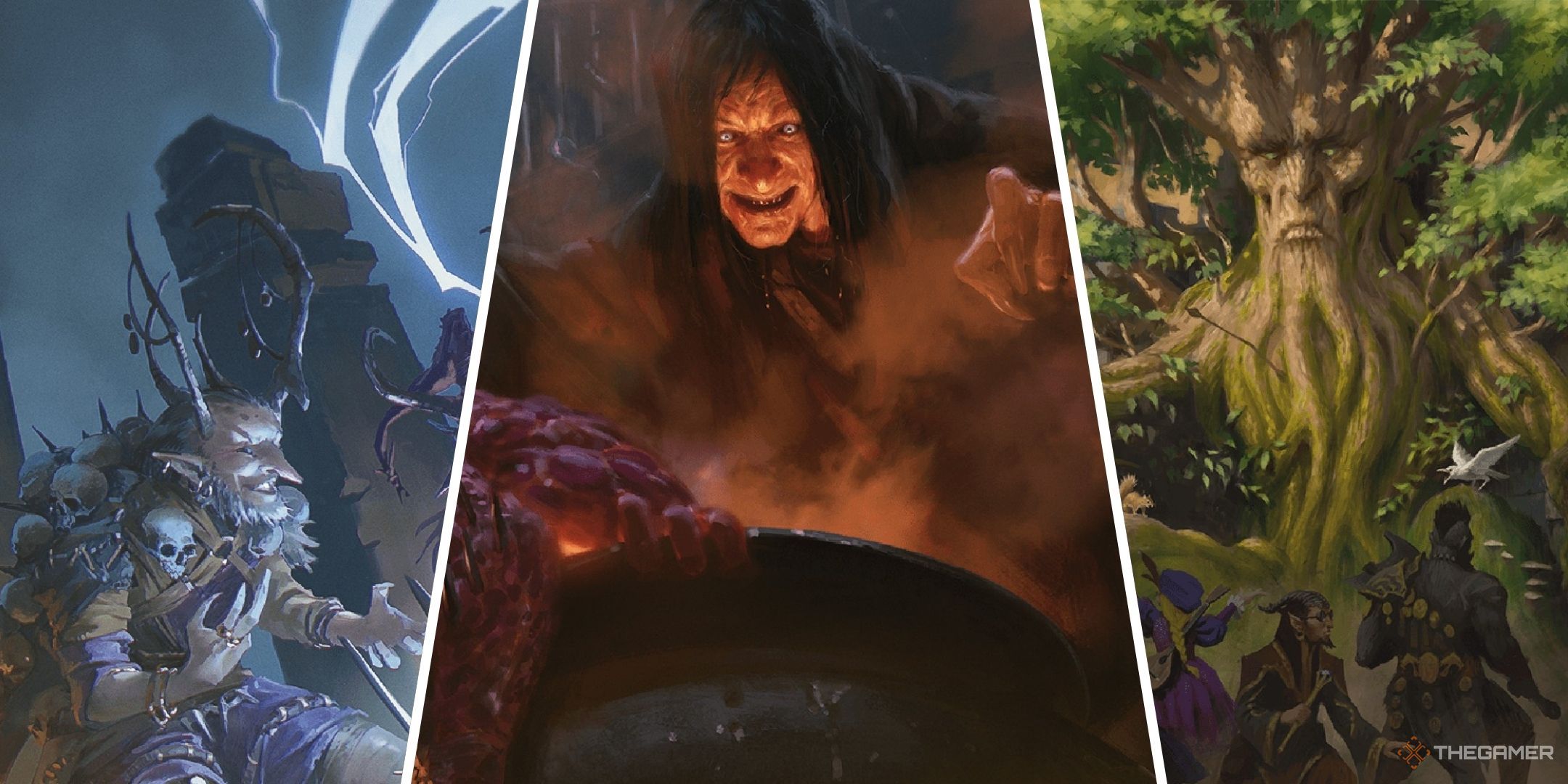
Related
Dungeons & Dragons: What Is An Arch-Hag?
Introduced in the 2025 Monster Manual, arch-hags are powerful magic beings that can either help or curse your party in D&D.
Sage animal lords are capable of dealing a lot of damage while disrupting their enemies, giving disadvantage to their targets as well as damaging them with their mere presence. They also have access to the spell Sunburst, although they can only use it once a day.
Turtles, crows, and coyotes are considered some of the best animals for sage animal lords.
Are Animal Lords Titans?
This question arises due to animal lords being summonable through the Scroll of Titan Summoning, a magic item found in the 2024 Dungeon Master’s Guide. Various creatures can be summoned through the scroll, all of them considered titans by the 2025 Monster Manual except for the animal lord.
The titan moniker doesn’t mean much in terms of gameplay, so it is up to each Dungeon Master to decide whether animal lords fit the group or not. When compared to the other titans, the animal lord is an odd fit, although being summoned by a legendary scroll that literally summons titans might be enough for some people.
Animal Lords In A Campaign
While native to the Beastlands, animal lords are known to roam other magical places of nature like the Feywild, but they rarely go to the material plane. Their neutrality also makes them ill-suited to meddle in mortal affairs as angels or devils would, so it might be tricky to include them in most plots.
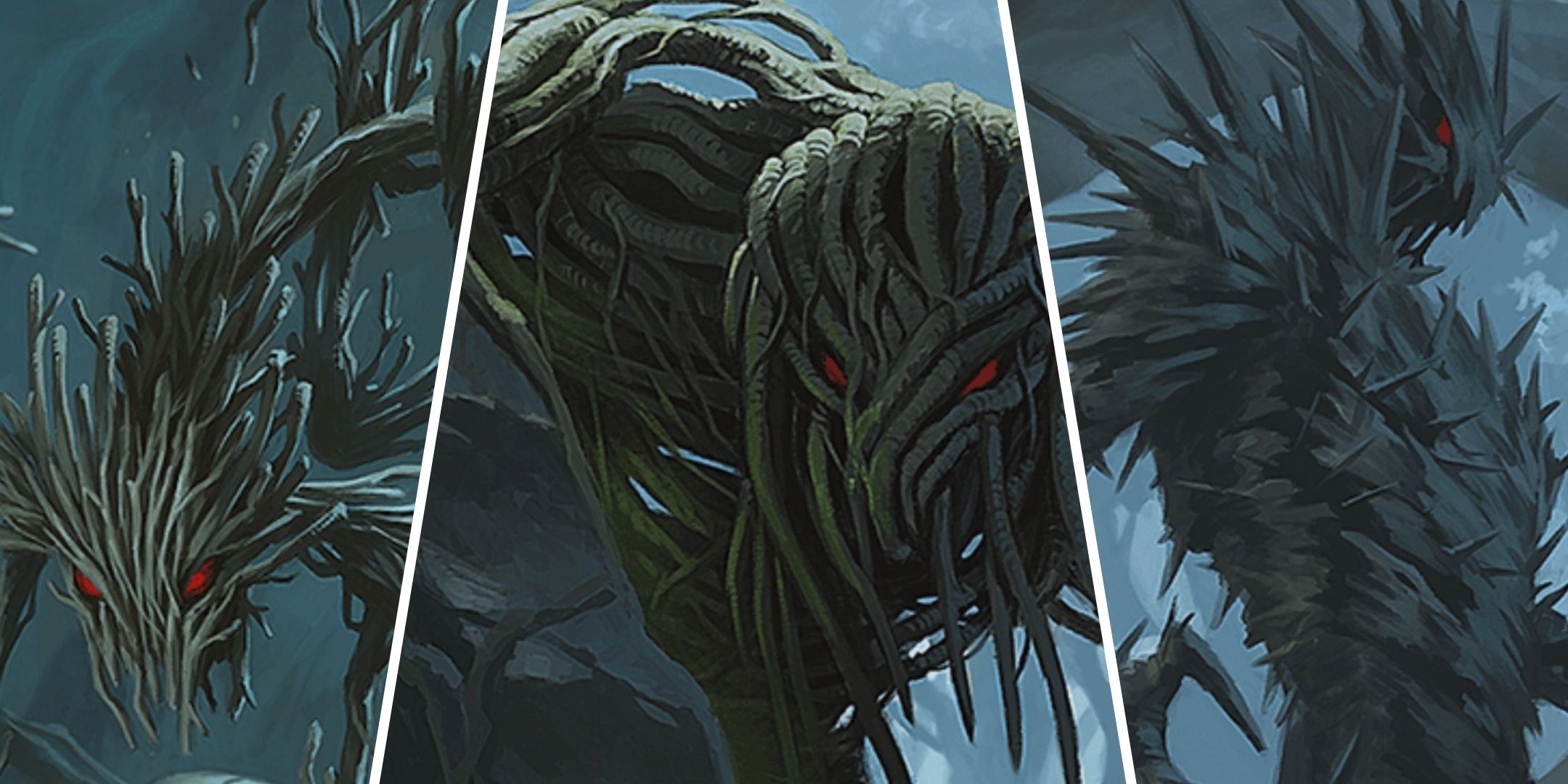
Related
Dungeons & Dragons: All Blight Monsters, Ranked
For these D&D blights, their bark is just as bad as their bite.
They can still work as celestial messengers for clerics if you wish to use them since the many beasts available can have an animal lord fit for nearly any role. A priest of Lolth, for example, could be visited by an animal lord of spiders.
Animal lords often have simple names, like Cat Lord or Wolf Lord. In the above example, the animal lord of spiders would be called the Spider Lord.
Since their CR is 20, they can also serve as an occasional challenge for high-level parties, especially ones that are traveling the multiverse. The party might need an important item only found on the Beastlands, and could end up being hunted by the Wolf Lord.
Animal Lords In Combat
All animal lords have the trait Lordly Presence, which emanates an effect that needs to be surpassed with a Wisdom saving throw. This means that while the ranged attack of the lord deals the most damage, it still wants to be close to its targets to make the most of the emanation.
Beyond that, the animal lord will be using Animal Spirit every turn, so make sure to describe it in detail the first time. For example, the Animal Spirit attack for a forager animal lord gives it 20 temporary hit points, so describe how the spirit not only attacks the target but also goes towards the lord to heal it in some way.
While their ability to shape-shift might seem meaningless, it can be of great use in combat. When turning into an animal, the animal lord can be either huge or smaller: a huge creature can’t be shoved or grappled by most abilities, while a tiny creature can easily escape most encounters in a flash.
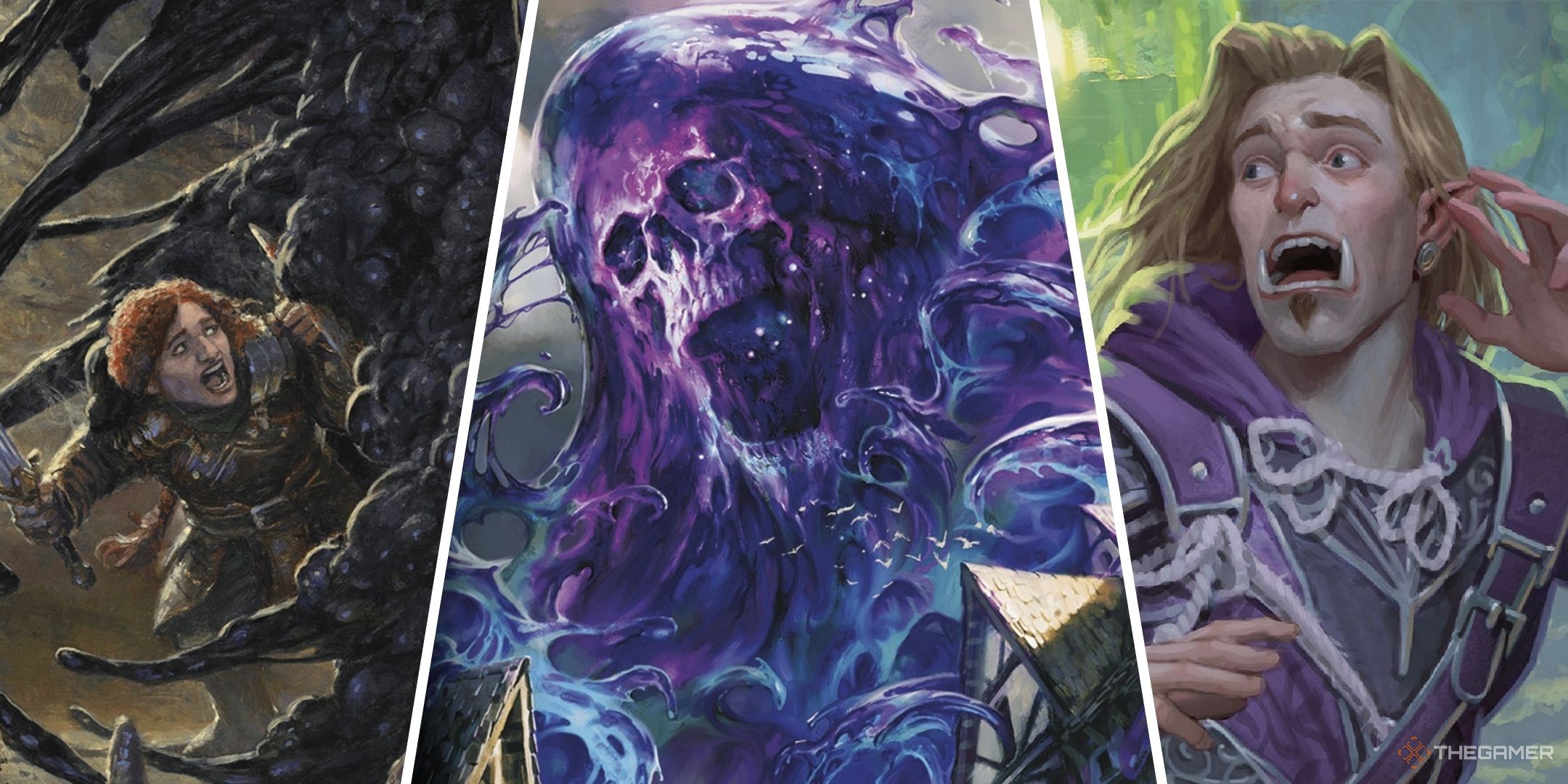
Next
Dungeons & Dragons: 7 Tips For Running A Blob Of Annihilation
Beware of the blob, it creeps and leaps and glides and slides across the floor…

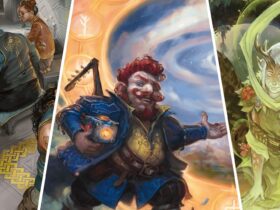
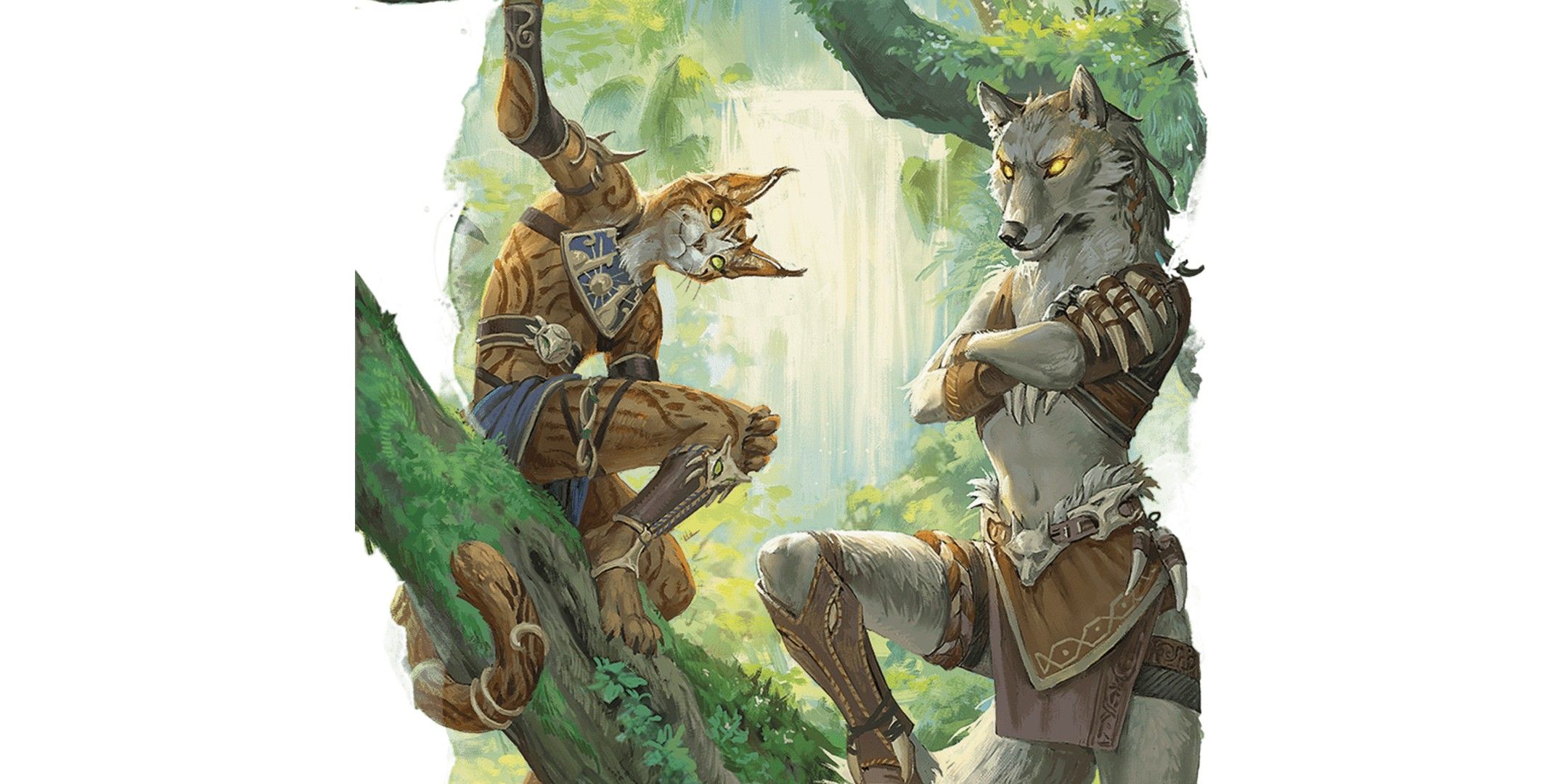

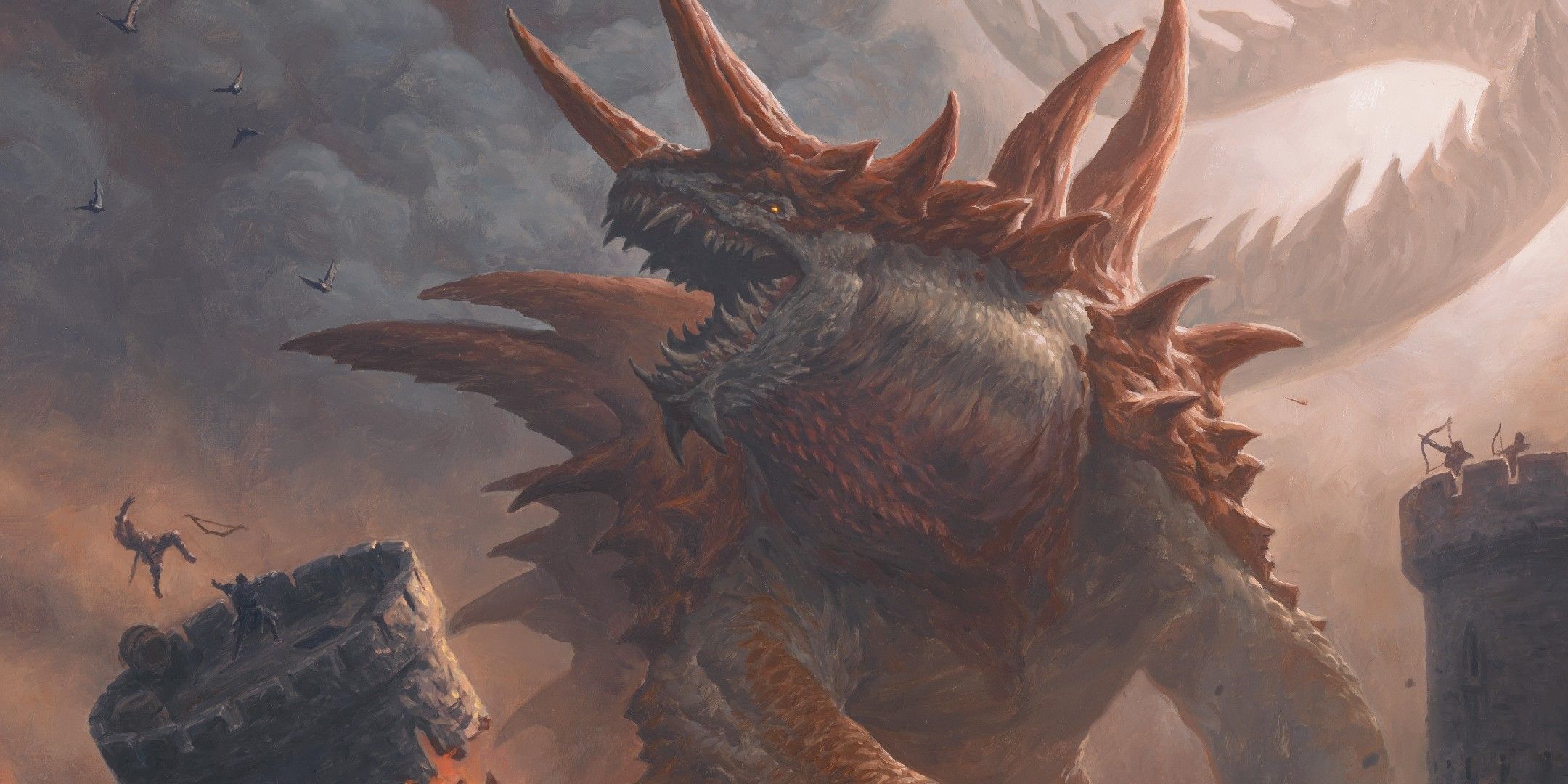
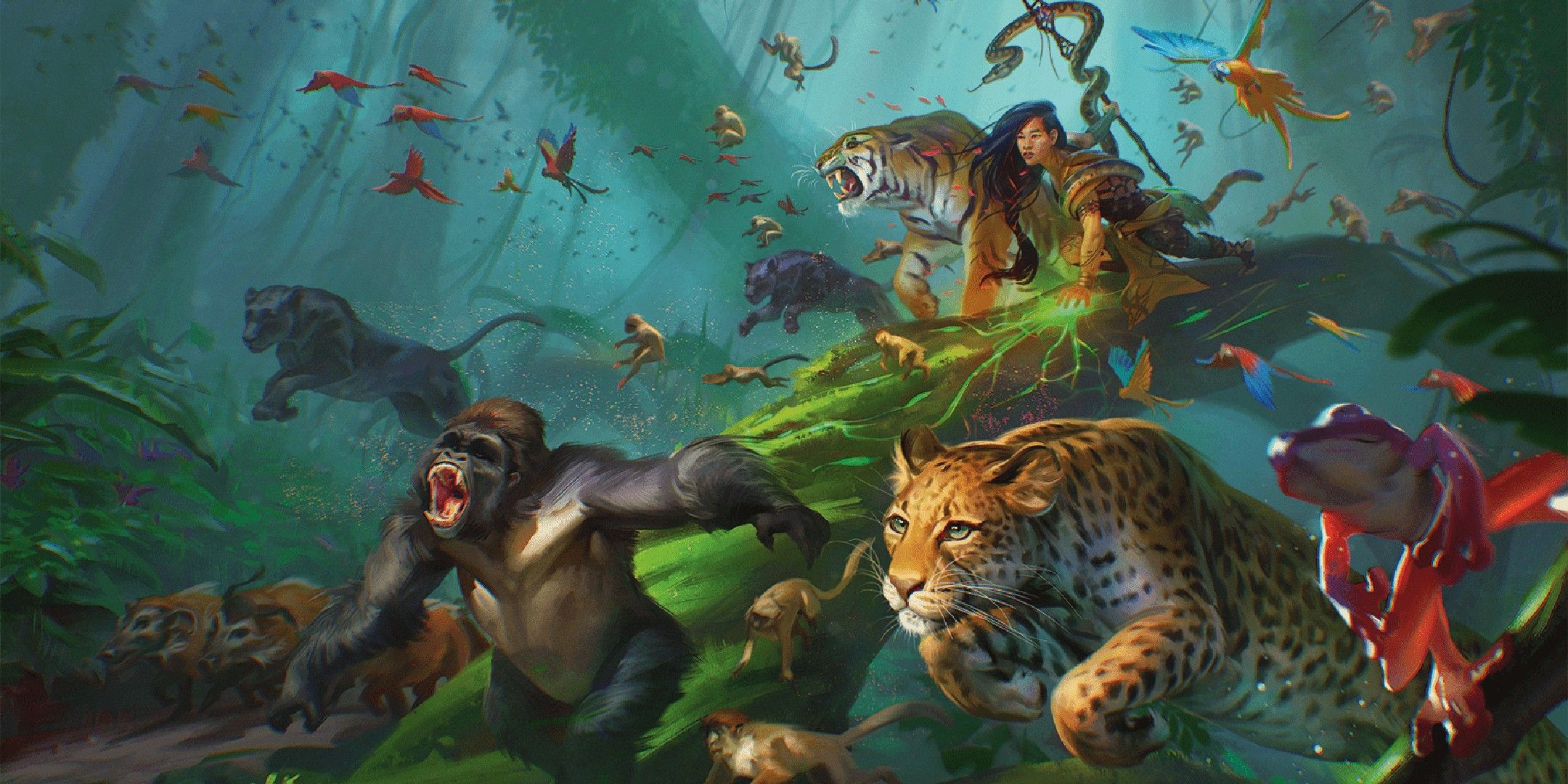




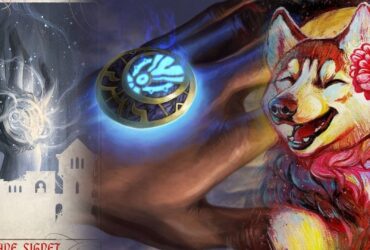

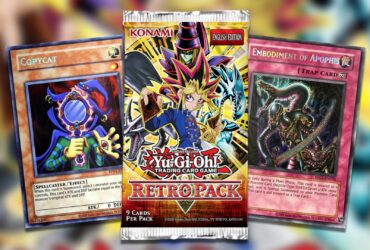

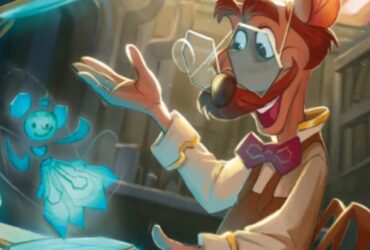
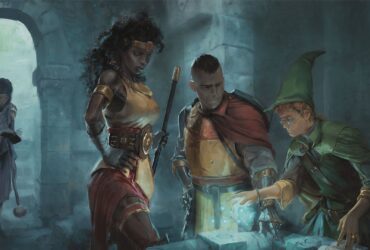
Leave a Reply